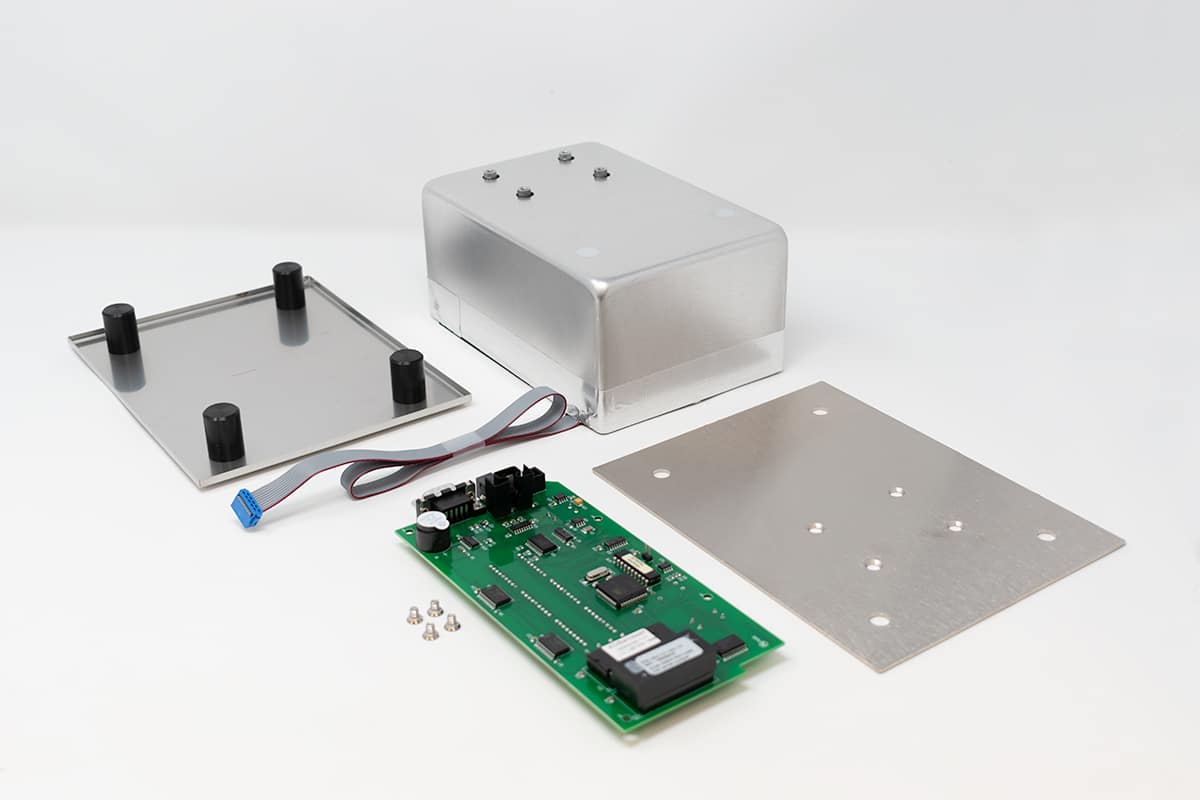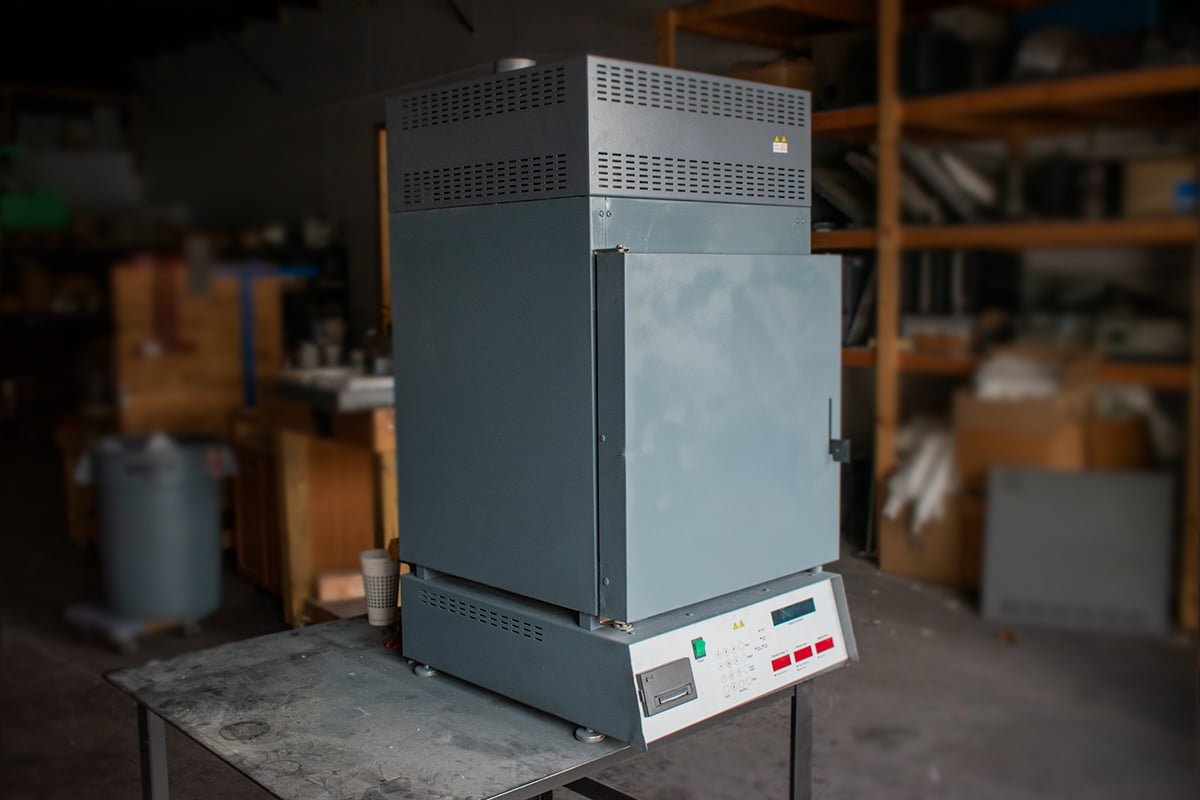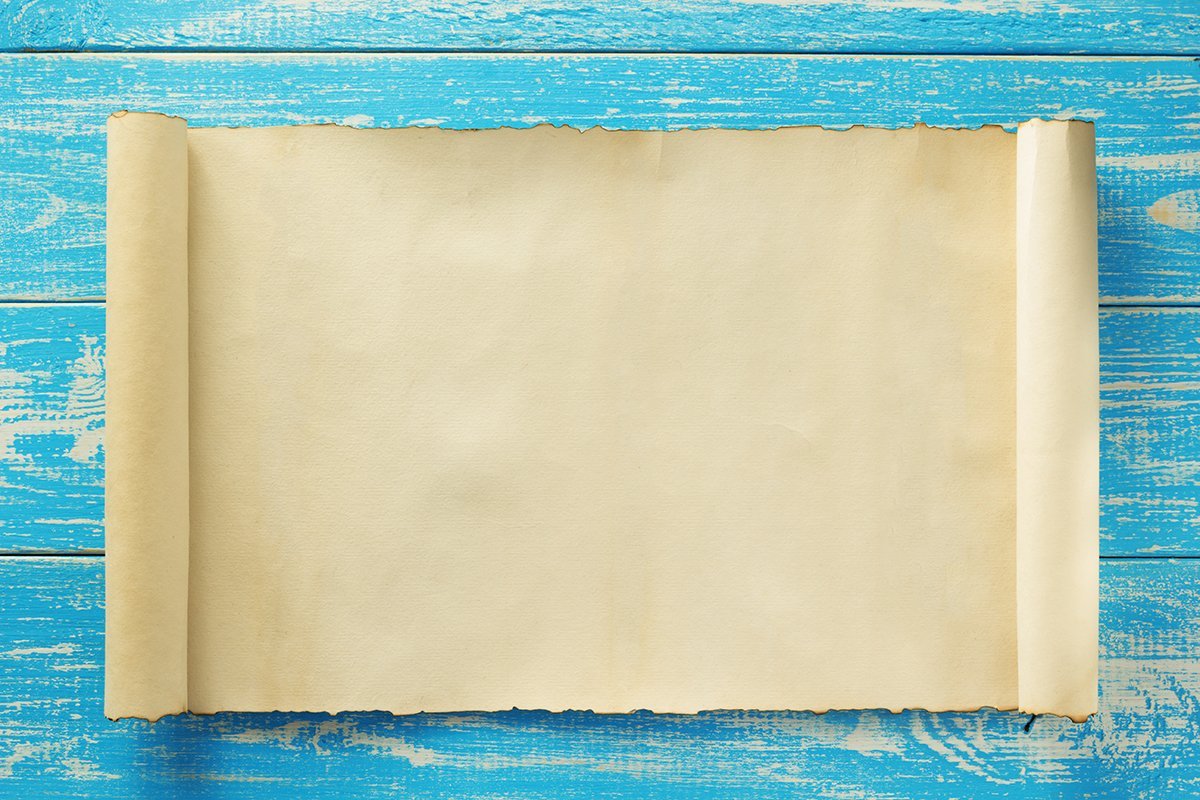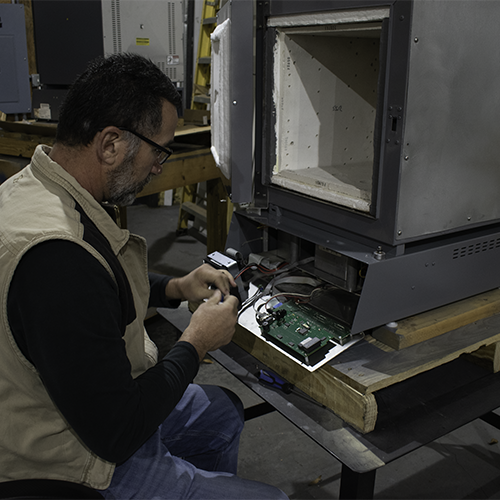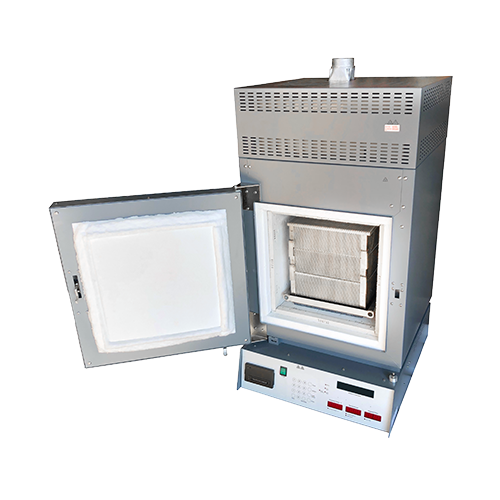Gyratory mold resurfacing: #1 way to save your budget from destruction.
The fate of new molds
I cannot tell you how many times I go into a lab and see old gyratory molds sitting on shelves doing nothing but collecting dust. At one point in time, someone came in with a gauge and checked out their measurements. Sure enough, the mold didn’t pass and so a tech put it up on a shelf, out of the way because why would they throw away such a large investment?

It’s no surprise why no one in their right mind would throw away a new mold. Out of the box, new gyratory molds can cost upwards of $2800 and on top of that, are specialized to the machine that they were made for. QC managers would have spent meeting after meeting and multiple years campaigning for a new mold to be purchased. No wonder they end up on a shelf somewhere. Throwing that away would be painful.
But do they need to be thrown away?
What if I told you that those out-of-spec molds are not useless. That in fact, those molds are a hidden cash cow and if utilized properly can save you thousands of dollars, that can be sent somewhere else (*cough* Gordon Technical *cough*).
The truth is, almost all of those dusty molds can be brought back to life, and Gordon Technical has the skills and knowledge to do it correctly. We can resurface any gyratory mold on the market, Brovold, Pine G1, Pine G2, Pine 125, Troxler, and still more. They can be brought back into working order and can last longer than stock gyratory molds purchased at the source.
The process
The refurbishment process begins with cleaning. Old molds are scrubbed and cleaned so that the surface is free from debris or leftover asphalt residue. We have found that Purple Power works the best however take care not to leave it too long on molds (Troxler molds especially) as the surface can rust.
We then take the molds and grind down their surface so that it is smooth and ready to be resurfaced. We have to remove dimples and any other surface defects so that the sides are perfectly round and parallel. Some molds can take longer to grind than others ( I’m looking at you 125’s ) but in the end, we get them to where they need to be.
Next, we apply chromium to the steel using electrolysis which molecularly bonds the two materials together. Chromium is naturally a harder material than the stainless steel used for gyratory molds. While this is great on its own when chromium is combined with steel, the bonded material is even stronger than the sum of its parts. This creates a surface that can stand up to the likes of granite and can extend the life of your mold for years to come.
Now, after all of this, we end up with a mold that more closely resembles an orange. The chromium builds up in places and needs to be ground down again to achieve perfection. Using our high precision grinder, we reduce the surface down to anywhere between 5.9020″ and 5.9030″. While the spec says we can go down to 5.9016″ we prefer to leave a little “meat” left so that your mold’s life can be extended further.
At this point, your mold is ready to be placed in service. We include a certificate with every mold that ensures that the mold is in spec and that any inspector can look at and approve. We then place your mold into a specific box type and ship them back to the location you have specified.

How can I get my molds resurfaced?
- The make of the mold
- The type of mold
- How many molds you need resurfaced
- If your molds have serial numbers
- The locations that you would like your molds sent back to
After we collect this information we will walk you through the process of shipping molds in.


